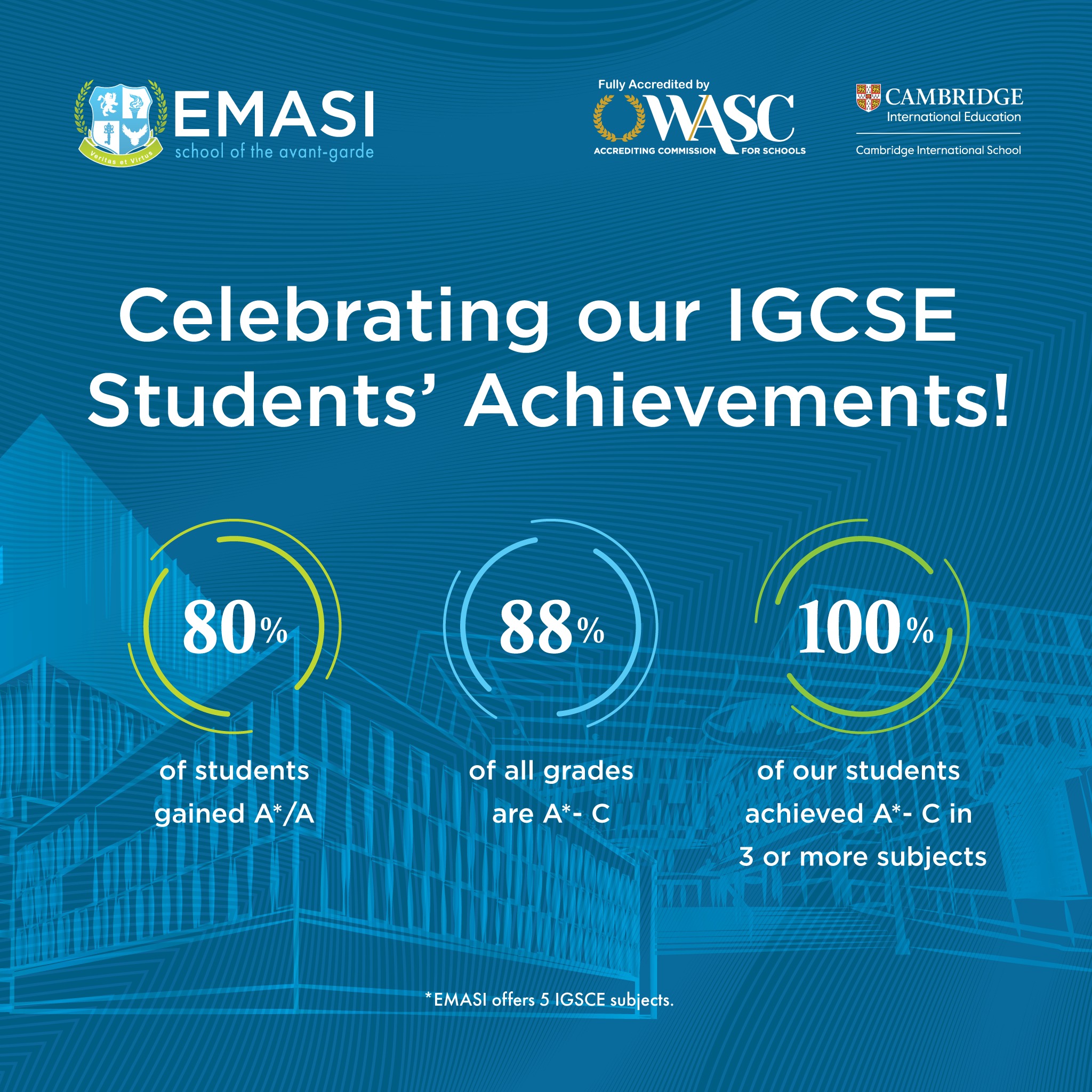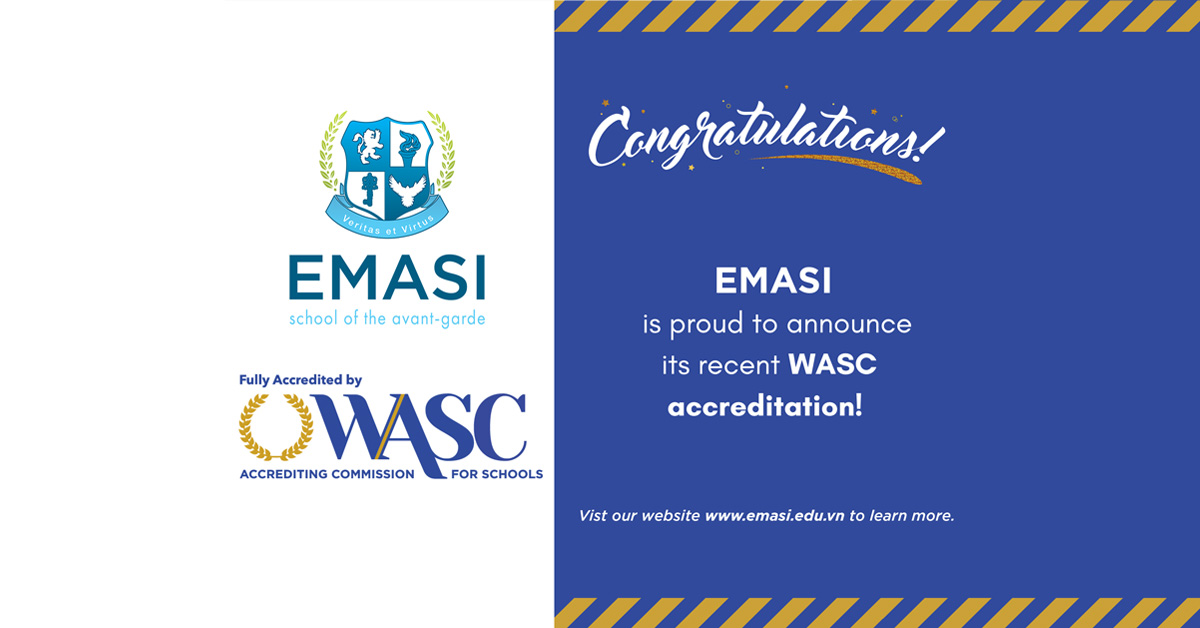Integrating Information Technology into STEM Education at EMASI
STEM education – Science, Technology, Engineering, and Mathematics – is increasingly central to preparing students for the modern world. At EMASI, STEM is more than a subject area; it is an educational mindset applied throughout the curriculum. Within this approach, Information & Communication Technology (ICT) serves as a vital bridge, enabling students to explore concepts through hands-on practice and apply their learning to real-life situations. This connection between theory and practice helps students grasp fundamental ideas more deeply and retain knowledge more effectively.
Fostering Critical Thinking through Real-World Learning
At EMASI, STEM education is rooted in the principle of learning by doing. From an early age, students are encouraged to ask questions, analyze data, form hypotheses, experiment, and evaluate outcomes. These experiences nurture critical thinking, the ability to examine problems from multiple angles, ask meaningful questions, and offer constructive feedback.

In Elementary School, students begin with simple, hands-on projects such as designing smart house models, which introduce the interplay of math, engineering, and technology. As they advance into Secondary School, students engage with tools like 3D design software, programming, robotics, and data analysis. They learn how to communicate their ideas and project outcomes clearly, in both English and Vietnamese, while gaining a deeper understanding of how STEM applies to the real world.
Through these activities, students develop not only language and academic skills but also visual, auditory, and interactive thinking. They learn to collaborate, share responsibilities, and work effectively in teams to achieve common goals.
Technology Integration: Building Interdisciplinary Thinking, Not Just Technical Skills
At EMASI, ICT is integrated into the curriculum and taught as a standalone subject. Students use design software and digital tools to visualize and realize technical graphics and applications.

The interdisciplinary use of technology prepares students for life beyond the classroom. From researching credible sources, managing tasks with digital tools, to presenting ideas clearly, EMASI students are equipped with essential skills for higher education and future careers.

Modern learning spaces support this approach. ICT labs, student devices and Makerspace resources allow students to experience digital learning as a natural and continuous part of their education.











